Wood is one of the most popular materials for wardrobes due to its timeless appeal and versatility. Solid wood wardrobes offer exceptional durability and can withstand the test of time. They can be finished in various stains and paints, allowing you to customize the look to match your home’s decor. Engineered wood options such as plywood and MDF provide a more budget-friendly alternative while still offering a polished appearance. These materials can be easily crafted into intricate designs, making them suitable for modern and traditional styles alike.
Metal is another material gaining popularity in wardrobe design. Steel and aluminum wardrobes provide a sleek, industrial look that can complement contemporary interiors. Metal is highly durable and resistant to wear and tear, making it an excellent choice for high-traffic areas. Additionally, metal wardrobes can be finished in various colors and textures, allowing for creative design possibilities. Incorporating metal elements can add a unique touch to your wardrobe while ensuring longevity.
Glass is often used in wardrobe design to create an open and airy feel. Glass doors can showcase your clothing and accessories while adding a touch of elegance. Frosted or tinted glass options provide privacy while still allowing light to filter through. This material is ideal for smaller spaces, as it can make a room feel larger and more inviting. However, it is essential to consider the maintenance required, as glass can show fingerprints and dust more readily than other materials.
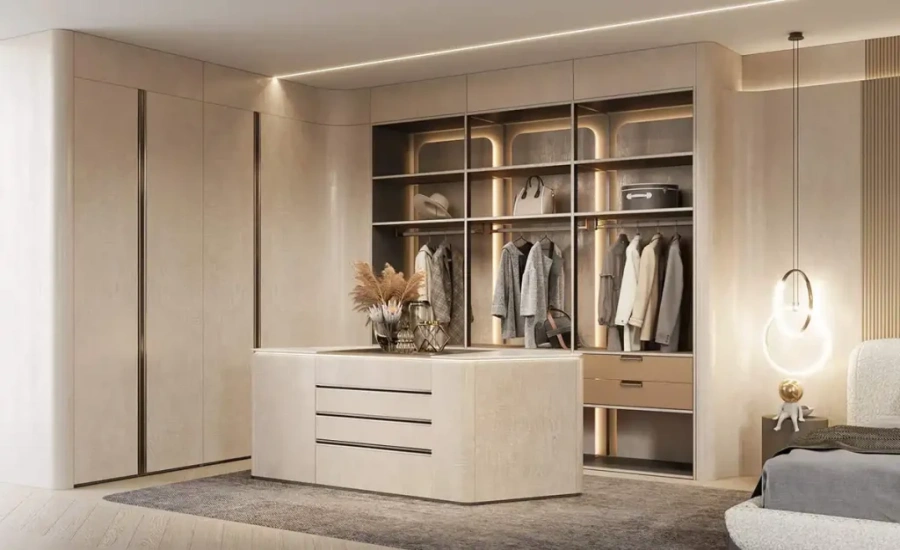
Fabric is an innovative option that can soften the look of a wardrobe. Upholstered wardrobes can add warmth and texture to a room, making them ideal for cozy, inviting spaces. Fabrics can be chosen to match existing decor, and they can be easily changed if your style evolves. While fabric may not offer the same durability as wood or metal, it can provide a unique design element that enhances the overall aesthetic.
When selecting wardrobe materials, it is important to consider the climate of your area. Humidity and temperature fluctuations can affect certain materials differently. For instance, solid wood can expand and contract with changes in humidity, which may lead to warping or cracking. In contrast, engineered wood and metal are generally more stable and better suited for varying environmental conditions.
Budget is also a significant factor when choosing wardrobe materials. Solid wood options tend to be more expensive, while engineered wood and metal provide more affordable alternatives without sacrificing style. It is crucial to assess your budget and prioritize materials that offer the best balance of quality and cost-effectiveness.
The right materials into your wardrobe design can significantly enhance its functionality and appearance. By understanding the characteristics of various materials, you can create a wardrobe that not only meets your storage needs but also complements your home’s overall style. Thoughtful material selection can lead to a beautiful, organized space that enriches your daily life.

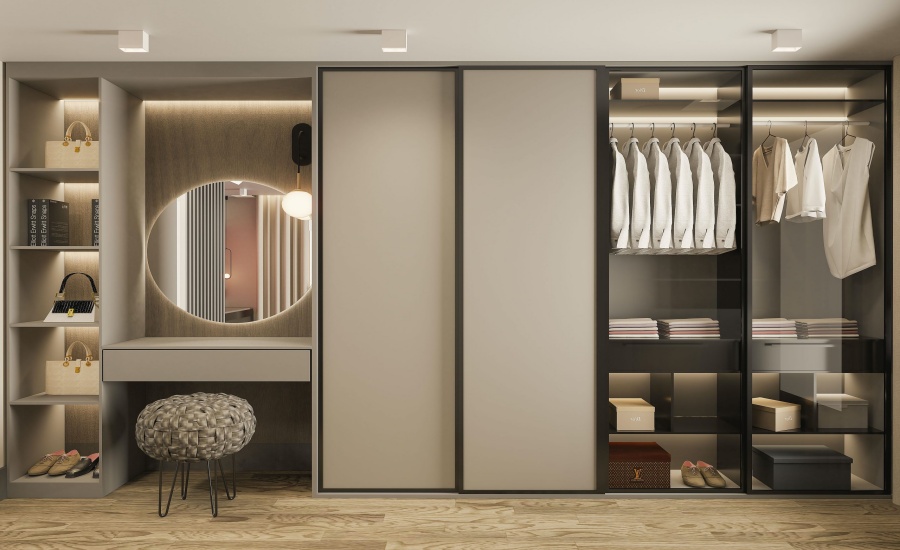

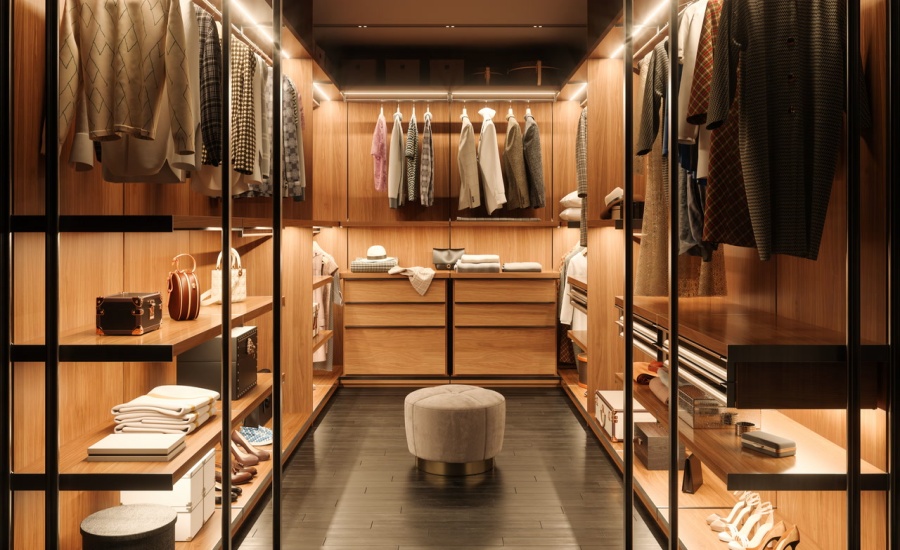
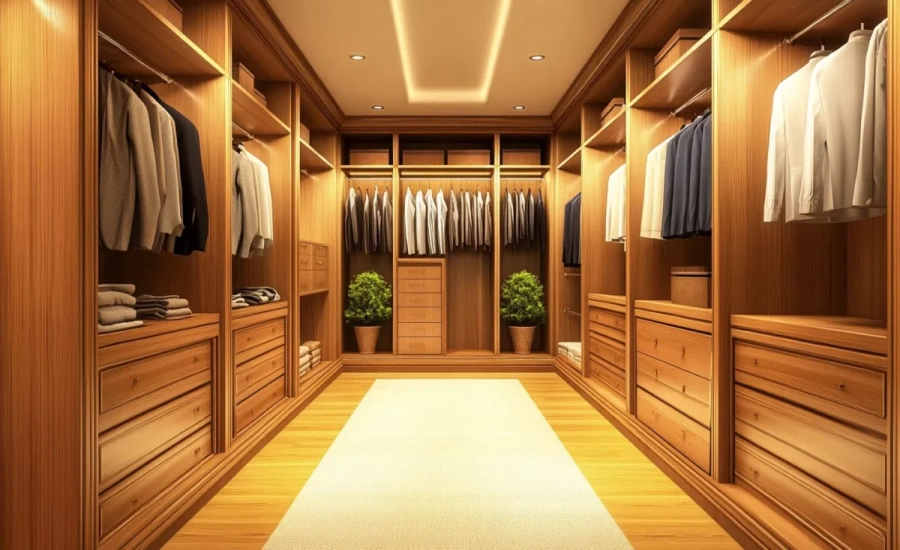
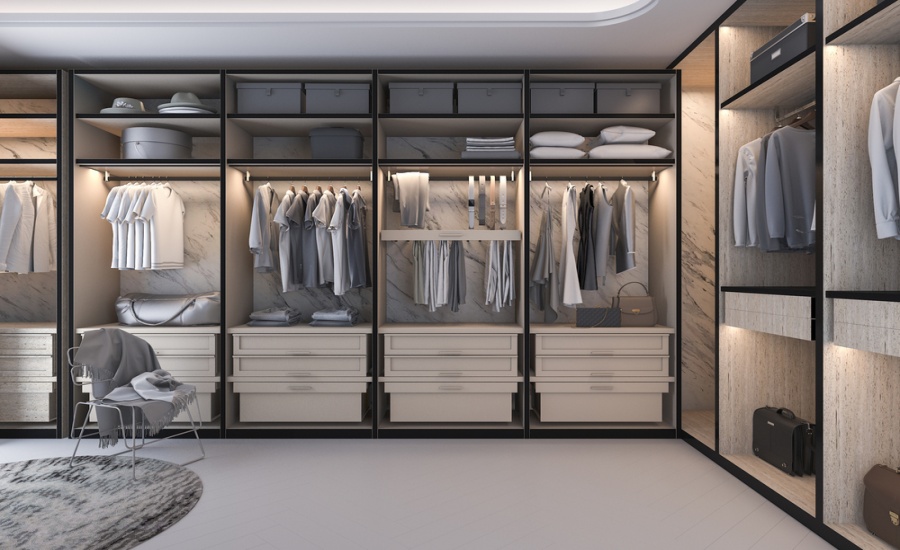


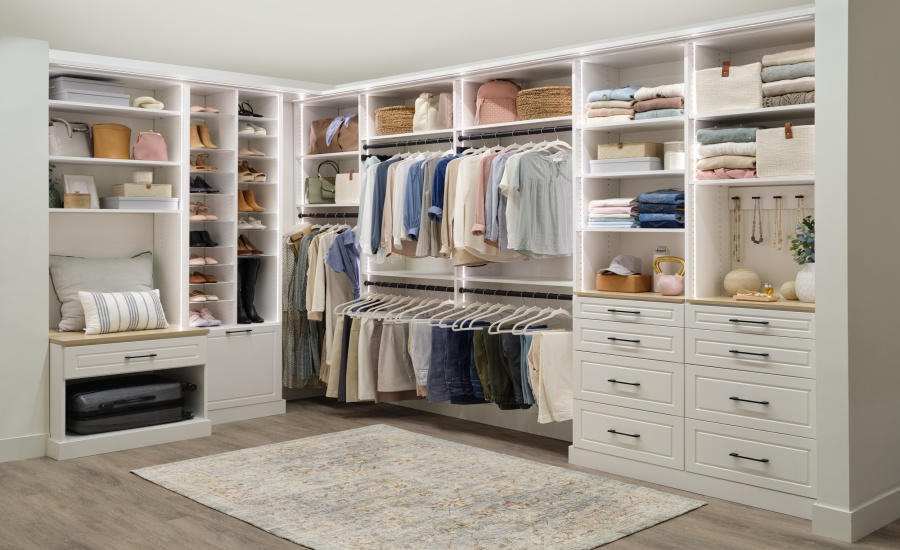
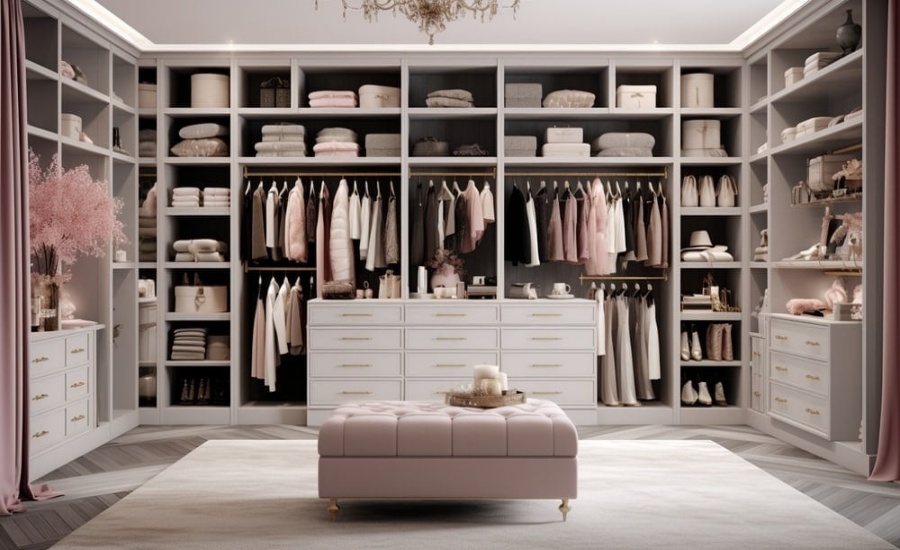
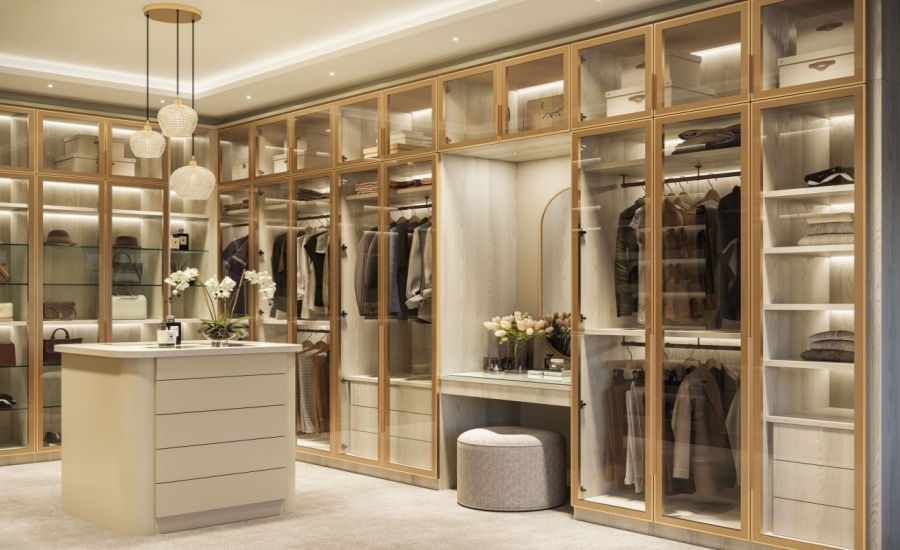
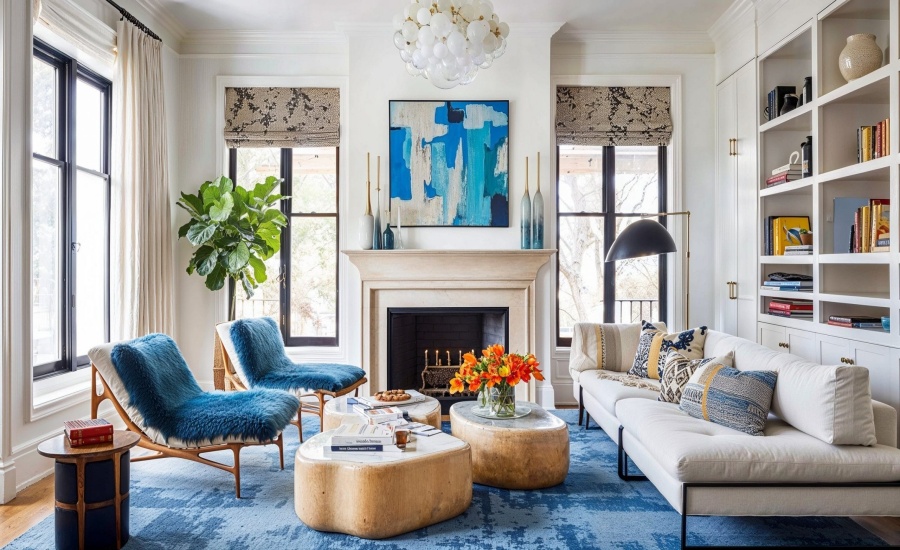
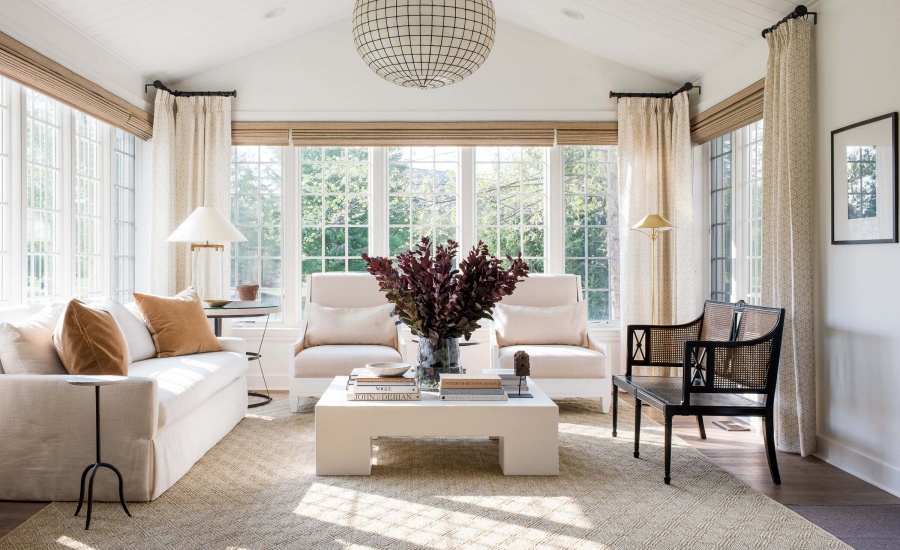
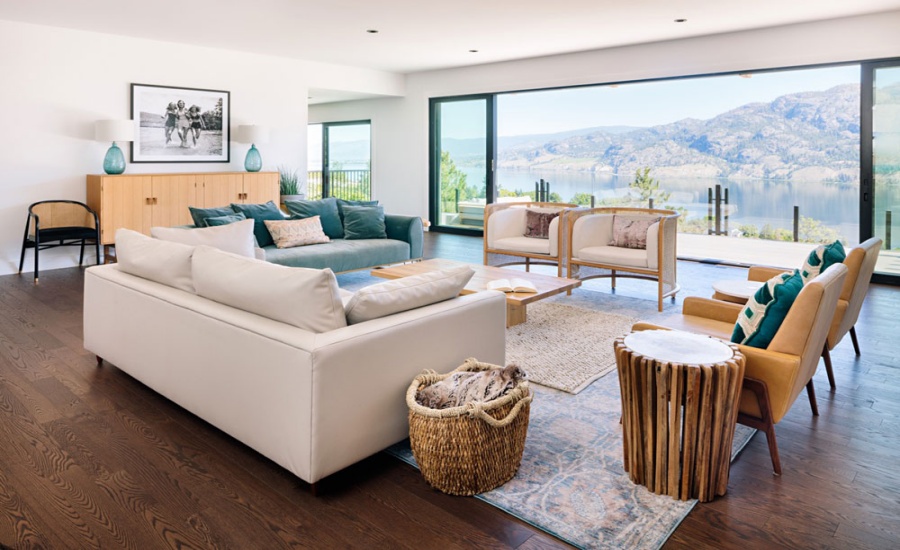
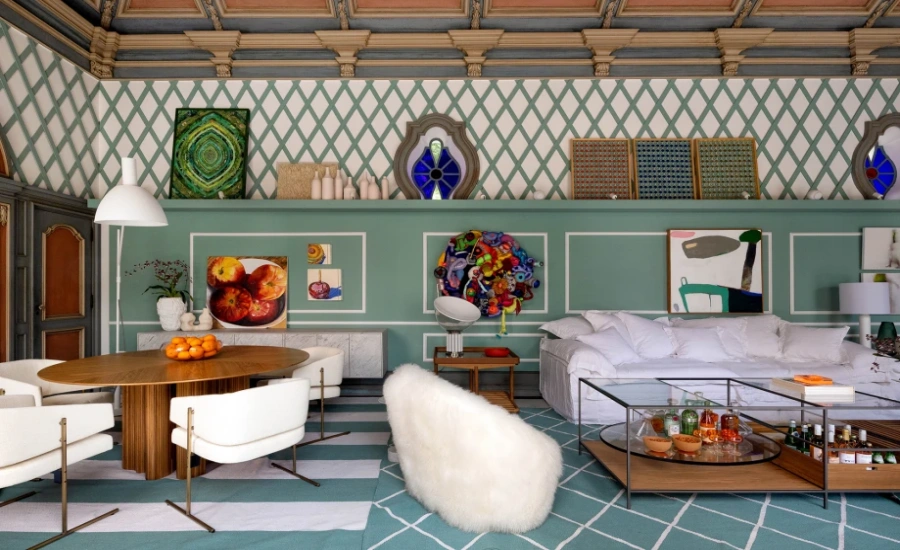
Leave a Reply